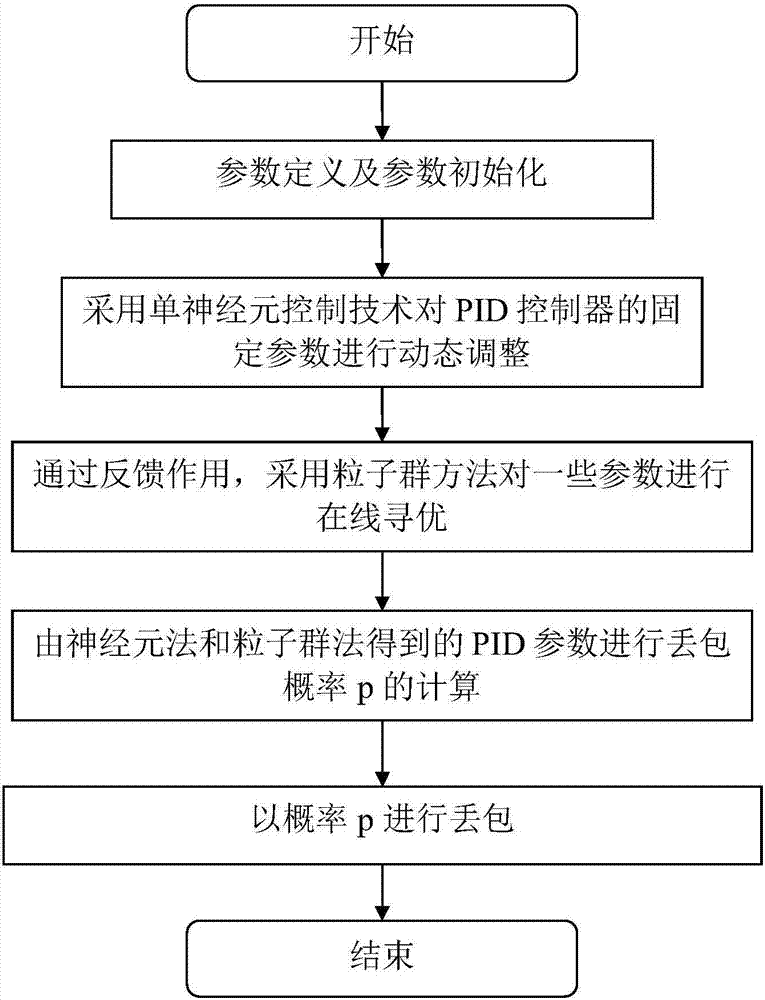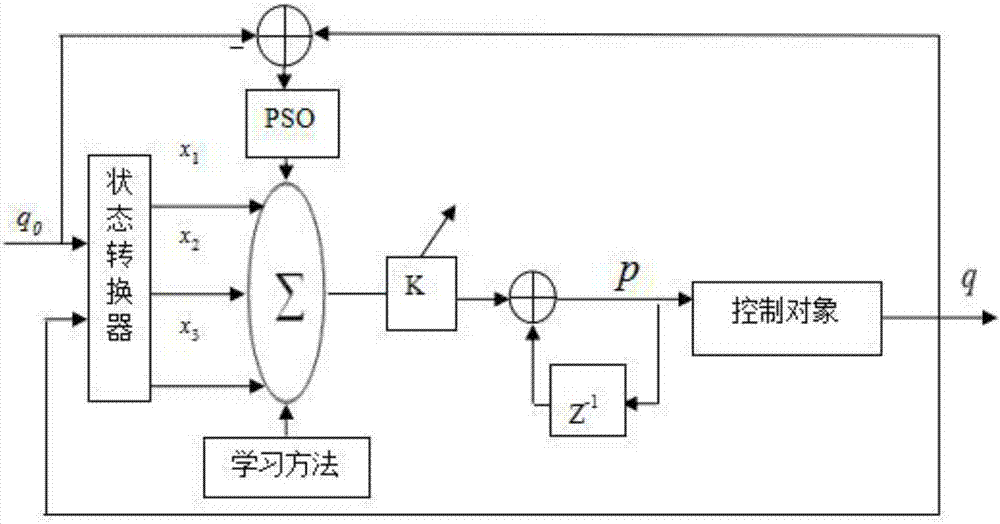Wireless sensor network congestion control technology based on PID controller
A wireless sensor and control technology, applied in the field of PID queue congestion management, to achieve the effect of reducing packet loss rate, improving WSN environment, and saving network resources
- Summary
- Abstract
- Description
- Claims
- Application Information
AI Technical Summary
Problems solved by technology
Method used
Image
Examples
Embodiment Construction
[0070] see Figure 1 to Figure 10 Shown, be the embodiment of the present invention, comprise the control schematic diagram of the PNPID algorithm of the embodiment of the present invention, flow chart, PI, PID, the queue length of the PNPID algorithm of the embodiment of the present invention, throughput, packet loss rate experimental comparison chart .
[0071] The working process and principle of this embodiment are:
[0072] The present invention will be described in detail below in conjunction with the accompanying drawings: Although compared with other WSN network congestion, PI and PID are an effective congestion control mechanism, but they still have the following shortcomings.
[0073] 1. In the past, WSN congestion control strategies mostly focused on congestion detection and congestion processing. These strategies only deal with congestion after it occurs, which has a certain lag and consumes limited energy of WSN; while PI, PID controller and active queue The con...
PUM
 Login to View More
Login to View More Abstract
Description
Claims
Application Information
 Login to View More
Login to View More - R&D
- Intellectual Property
- Life Sciences
- Materials
- Tech Scout
- Unparalleled Data Quality
- Higher Quality Content
- 60% Fewer Hallucinations
Browse by: Latest US Patents, China's latest patents, Technical Efficacy Thesaurus, Application Domain, Technology Topic, Popular Technical Reports.
© 2025 PatSnap. All rights reserved.Legal|Privacy policy|Modern Slavery Act Transparency Statement|Sitemap|About US| Contact US: help@patsnap.com



